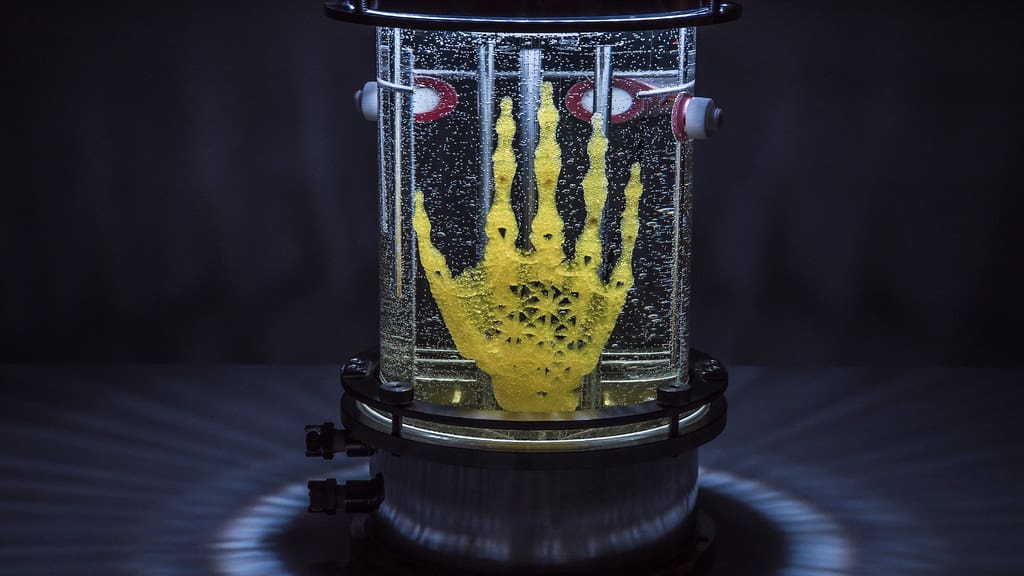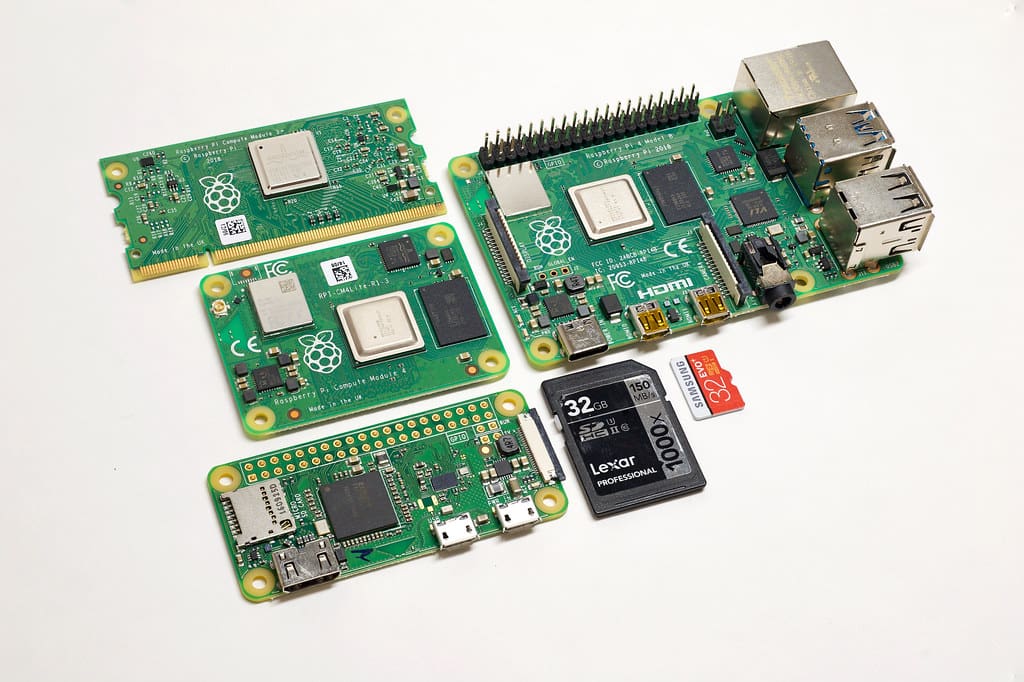Tissue engineering is a revolutionary field within regenerative medicine that aims to develop biological substitutes to restore, maintain, or improve tissue function. Combining principles from biology, chemistry, and engineering, this field seeks innovative solutions to organ and tissue shortages worldwide. 3D printing, or additive manufacturing, has emerged as a pivotal technology in tissue engineering, providing the capability to create complex, three-dimensional structures that mimic natural tissue characteristics. This technology not only accelerates the development of engineered tissues but also enhances the precision and functionality of these constructs.
The Emergence of 3D Printing in Tissue Engineering
Originally utilized in industrial design and manufacturing, 3D printing has quickly been adopted by biomedical engineers due to its ability to precisely control the architecture of tissue scaffolds. The technology’s layer-by-layer approach allows for the creation of porous structures that facilitate cell migration and nutrient diffusion, which are crucial for the integration and survival of engineered tissues in the body.

Advantages of 3D Printing in Tissue Engineering
Customization and Precision: 3D printing offers unparalleled customization of tissue scaffolds, enabling the creation of constructs that match the patient’s specific anatomical and physiological requirements. This precision is vital for ensuring the integration and functionality of the engineered tissues.
Complexity in Scaffold Design: With 3D printing, it is possible to fabricate scaffolds with highly complex geometries that mimic the natural extracellular matrix, supporting the growth and organization of cells into functional tissues.
Controlled Porosity and Architecture: The technology allows for precise control over the scaffold’s porosity and internal architecture, which are crucial for cell seeding, vascularization, and nutrient diffusion within the tissue construct.
Material Diversity: Advanced 3D printers can handle a wide range of biomaterials, including biodegradable polymers and hydrogels that can be seeded with cells before or after printing. These materials can be engineered to mimic the mechanical and biochemical cues of the native tissue environment.
Key Applications of 3D Printing in Tissue Engineering
Regenerative Medicine: 3D printed scaffolds are used to support the repair or replacement of damaged tissues and organs, from vascular grafts and bone regeneration to cartilage repair and skin biofabrication.
Drug Testing and Disease Modeling: Engineered tissues can be used as models for drug testing and disease study, providing a more accurate and ethical alternative to animal models. This application is crucial for understanding disease mechanisms and screening potential therapeutic agents.
Biological Research: Tissue constructs can be used to study fundamental biological processes, such as tissue development and pathology, in a controlled environment.
Clinical Transplants: In the long term, 3D printing aims to fabricate whole organs for transplantation, potentially alleviating the significant shortage of donor organs worldwide.

Challenges in 3D Printing for Tissue Engineering
Vascularization: One of the most significant challenges in tissue engineering is creating a vascular network within large tissue constructs that can support cell viability and integrate with the patient’s own blood supply.
Scale and Speed: Scaling up 3D printing for tissue engineering applications while maintaining speed and cost-efficiency is challenging, particularly when producing large or highly complex tissues.
Material and Biological Compatibility: Developing materials that are both printable and capable of supporting cell growth and differentiation remains a significant hurdle. Additionally, these materials must be biocompatible and elicit a favorable biological response once implanted.
Regulatory and Ethical Considerations: Navigating the regulatory landscape for clinical applications of engineered tissues is complex and varies by jurisdiction. Additionally, ethical considerations concerning the use of human cells and genetic material must be addressed.
Future Directions in 3D Printing for Tissue Engineering
The future of 3D printing in tissue engineering is highly promising, with ongoing advancements in printer technologies, biomaterials, and bioinks expected to overcome current limitations. Innovations such as the development of multi-material printing, advanced bioinks containing growth factors or other bioactive agents, and the integration of microfabrication techniques are likely to enhance the functionality and applicability of 3D-printed tissues.
3D printing is poised to continue its transformative impact on tissue engineering, offering new possibilities for regenerating damaged tissues and organs with unprecedented precision and customization. As the technology advances, it promises to expand the frontiers of regenerative medicine, improving clinical outcomes and potentially saving millions of lives through enhanced tissue and organ replacement strategies.








